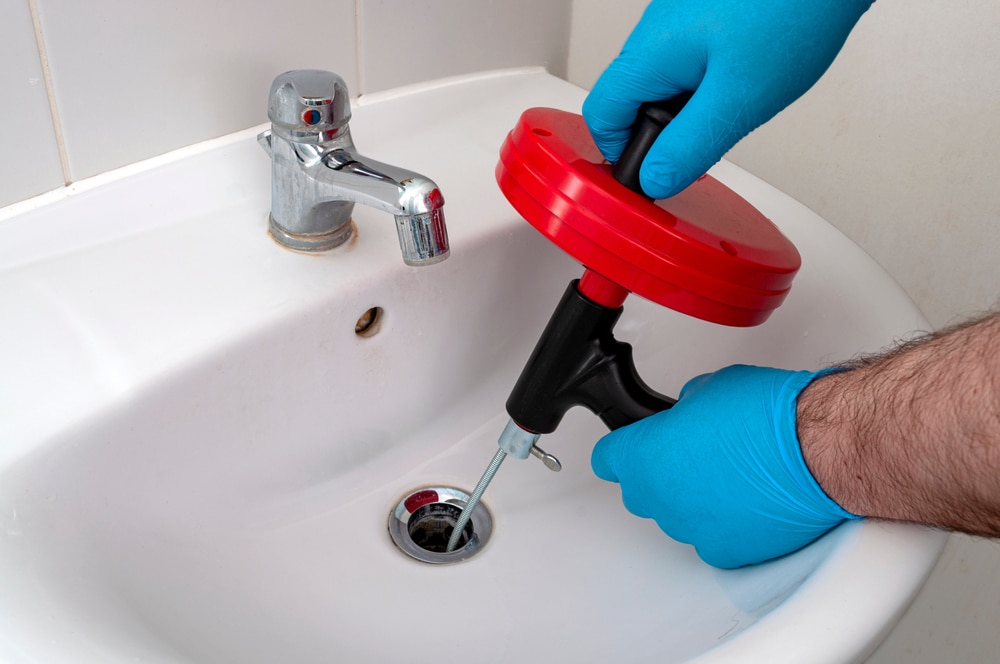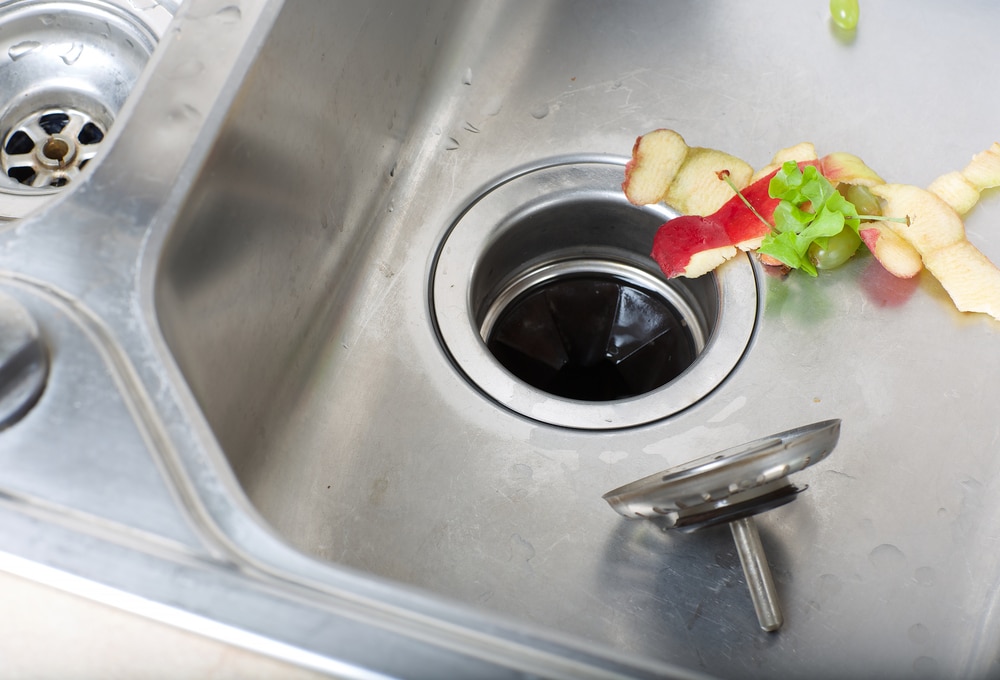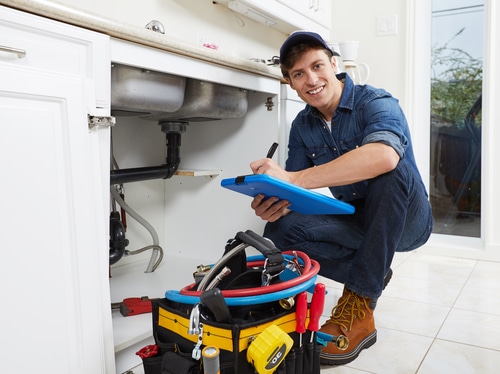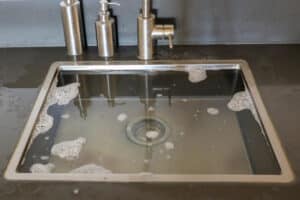Hot water tanks signal to homeowners when it is time to repair or replace them. It could be less hot water than usual or leaking at the base of the tank.
When your tank tells you it is ready to retire, should you replace it with a tankless water heater?
Let’s find out.
What Is a Tankless Water Heater?
Tankless water heaters are sometimes called on-demand water heaters because they provide hot water on an as-needed basis.
Traditional water heaters use a storage tank to keep water at the desired temperature and ready for use. Tankless water heaters directly heat water without the use of a storage tank and are triggered for use when a hot water tap is turned on. Water is directed from the pipe through the tankless unit, where it is heated by either electric or gas burners before flowing through to the tap.
Tankless water heaters are capable of providing between 2 to 5 gallons of water per minute. Tankless systems that use natural gas to heat the water generally produce a higher flow rate.
Benefits of a Tankless System
There are many benefits to replacing your traditional water heater with a tankless water heater.
1. They use less space.
Traditional water heaters take up valuable floor space. In comparison, tankless units are mounted to the wall and are much smaller in size. In homes with less square footage, tankless systems are ideal.
2. They produce energy savings.
The U.S. Department of Energy estimates tankless water heaters are about 30 percent more efficient than traditional water heaters. For homes that use more water, the department says they can be 8 to 14 percent more energy-efficient.
3. They’re durable.
Due to their design and the fact they do not store water, tankless water heaters are less likely to need repairs. The risk of your home being flooded by an improperly functioning tank also is eliminated when you choose a tankless system. Their average life span is twice that of traditional water heaters.
Disadvantages of a Tankless System
While there are numerous benefits to tankless systems, there also are drawbacks.
The biggest disadvantage is the cost, which ranges between $500 and $1,200 depending on whether the unit uses electric or gas heating. Plus, unlike a traditional water heater, tankless heaters are more expensive to install and can involve modifications to plumbing to make them work. Installation costs vary, but can range between $1,500 and $2,000.
Other disadvantages include:
- Limitations on water flow for simultaneous uses. If someone is taking a shower while the washer is operational, there may not be adequate hot water for both. Multiple tankless units may need to be installed in larger households.
- No hot water during power outages. Tankless systems cannot produce hot water during a power outage since they do not have a backup hot water source like a traditional water heater.
- Damage from hard water is likely. Tankless water heaters can fail from repeated exposure to hard water. To prevent damage, units should be drained monthly and filters replaced.
Call Us for Your Water Heater Needs
Need more help deciding whether to choose a traditional or tankless water heater? We are here to answer all of your plumbing questions. Our certified plumbers can help you decide on the best water heater to meet your needs, or if you need an expert hand on tankless water heater repair. Book an appointment with us online or give us a call at 951-750-0086.













